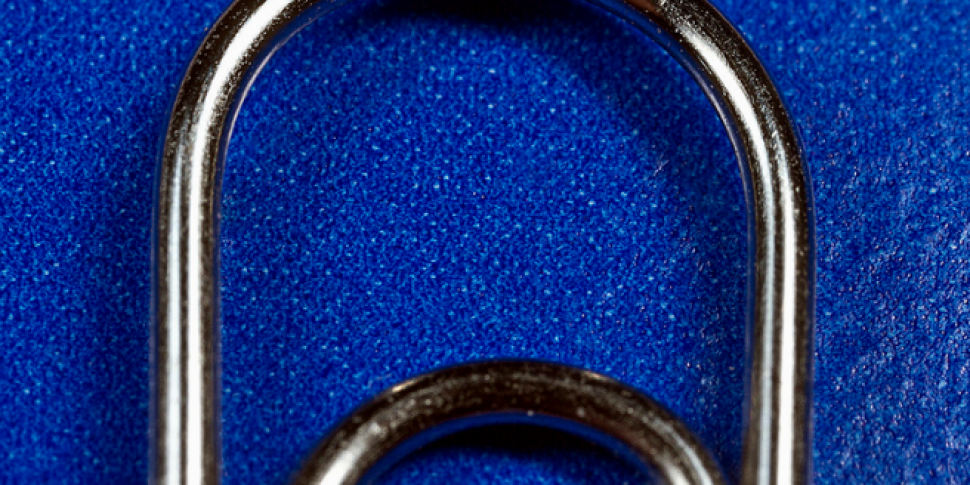On Moncrieff today, Barbara Feeney will once again be beckoning Seán to come inside her Stationery Cupboard, as she rifles through the post-its and staples of the office.
Tune in live at 2.45pm: http://www.newstalk.com/player/
But did you know that the paperclips gathering dust at the back of your office’s stationery cupboard were once a symbol of Nazi resistance?
In 1940, just a few months into the Second World War, German-leader Adolf Hitler knew that if he was to turn the tide his way, he would need to break past the Allies’ blockade of Germany. Norway would prove key, as control of the Scandinavian country’s waters would make transporting goods into and troops out of Germany easier. Norway, which had declared itself neutral when war was declared the previous year, became an ideal candidate for occupation.
Allied troops were driven out of the country over a number of months, along with the country’s government and royal family, who carried on official duties while exiled in England. The rest of the population, however, was forced to live under German rule.
With the country’s administration crippled, German forces also tried to reduce Norway’s culture and replace it with fascist ideals of the Nazis. All across the country, schoolteachers were bullied into joining the Nazi Party and told to push a Nazi agenda in their teaching. The Norwegian church was told to issue orders of “obedience to the leader and the state” from the pulpit.
Around 700 Jews were deported and sent to Auschwitz, and the occupation carried on for the next five years, with the four million Norwegians held under the influence of the Third Reich’s iron grip.
But there was a sentiment of resistance, right from the outset. In the autumn of 1940, students at Oslo University started to wear paperclips on their collar lapels as a symbol of their non-violent objection, national pride and the unity of the Norwegian people.
With the royal family in exile, all images of King Haakon VII (who became an inspirational figure for his involvement with the resistance) had been banned by Nazi forces. Badges of his face had been torn from everyday Norwegians’ clothing, leading to the paperclip taking his place. Bracelets of the curved metal were bound together, a symbolic message of Norwegians standing united.
But it wasn’t just the symbolism of holding things together that shone a light on the humble paperclip, but rather the Norwegian people’s belief that the it had been invented by one of their own – Johan Vaaler.
Vaaler had been granted a patent for his paperclip in, of all places, Germany, as well as the United States in 1901.
His model, somewhat different from the ‘Gem’ paperclip we use today, was never even manufactured or sold, and his patents ultimately expired. But he was credited as the inventor early in the 20th century, and his name is synonymous with the clip – so much so that a seven-meter tall paperclip sculpture now stands in his name. The artwork, erected in 1989, is also a ‘Gem’ clip and not even the Vaaler design.
Nonetheless, the twisted wire was cheap and readily available, and the message of binding things together makes the humble paperclip perhaps the most surprising thing to have ever stood up to Hitler.









